In today’s data-driven world, wearable technology has transformed the way we track our health, fitness, and performance. Whether you’re an elite athlete or just beginning your wellness journey, wearables provide real-time insights, keep you accountable, and help you optimize every step toward your goal.
In this comprehensive guide, we explore how to use wearables for progress tracking in the most effective, intelligent way.
Contents
- 1 What Are Wearables and Why They Matter
- 2 Top Benefits of Using Wearables for Progress Tracking
- 3 Best Wearables for Progress Tracking in 2025
- 4 Integrating Wearables with Apps and Platforms
- 5 Using Wearables to Improve Accountability and Motivation
- 6 Tips for Maximizing Progress with Wearables
- 7 Common Mistakes to Avoid
- 8 The Future of Progress Tracking with Wearables
- 9 Final Thoughts
What Are Wearables and Why They Matter
Wearables are smart electronic devices worn on the body that collect data related to physical activity, health, and sometimes even emotional states. Popular types include:
- Smartwatches (Apple Watch, Samsung Galaxy Watch)
- Fitness trackers (Fitbit, Garmin, WHOOP)
- Smart rings (Oura Ring)
- Heart rate monitors (Polar, Wahoo)
- GPS-enabled devices
- Sleep trackers
These tools empower users with real-time feedback, making progress visible and measurable.
Top Benefits of Using Wearables for Progress Tracking
1. Real-Time Monitoring of Vital Metrics
Wearables track a wide range of metrics, including:
- Heart rate
- Steps and distance
- Calories burned
- Sleep cycles
- Blood oxygen levels
- Stress indicators
- VO2 max
Having these statistics available at your fingertips enables immediate evaluation and adjustment of fitness routines or lifestyle choices.
2. Personalized Data and Goal Setting
Most wearables allow you to set custom goals for steps, calorie burn, exercise time, or even mindfulness sessions. The real-time tracking keeps users motivated and accountable. Algorithms adjust these goals based on your performance, helping users gradually push boundaries without risking burnout or injury.
3. Improved Workout Efficiency and Performance
Advanced wearables provide in-depth workout analysis. For instance:
- Runners can monitor pace, cadence, and stride length.
- Cyclists get data on power output and cadence.
- Lifters can measure heart rate zones and recovery windows.
By analyzing this data post-workout, users can pinpoint weaknesses, monitor improvement trends, and enhance their training plans.
4. Accurate Sleep and Recovery Tracking
Recovery is as crucial as effort. Devices like WHOOP and Oura Ring track:
- Sleep quality
- Sleep stages (light, deep, REM)
- HRV (Heart Rate Variability)
- Resting heart rate
- Readiness scores
This data offers insights into how well your body is recovering and when you should scale back or ramp up your activity levels.
5. Health Monitoring and Early Warning System
Many wearables now monitor long-term health indicators. For example:
- Abnormal heart rate alerts
- Irregular ECG readings
- Blood oxygen alerts
These insights can prompt timely medical consultations, making wearables not only fitness tools but also preventive health devices.
Best Wearables for Progress Tracking in 2025
1. Apple Watch Series 10
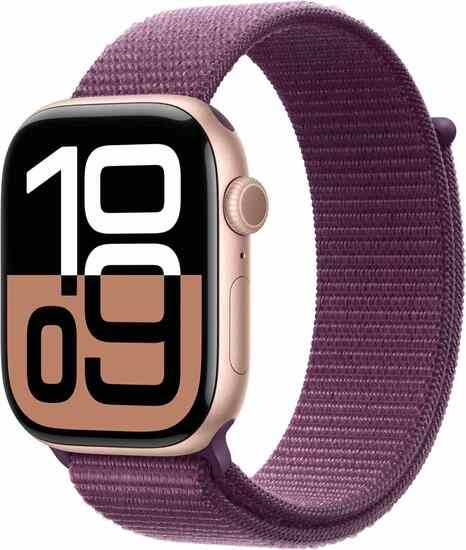
- Best for: All-round health & productivity
- Key Features: ECG, Blood Oxygen, fall detection, workout detection
- Strengths: Seamless iOS integration, accurate sensors, powerful health ecosystem
2. Garmin Forerunner 965
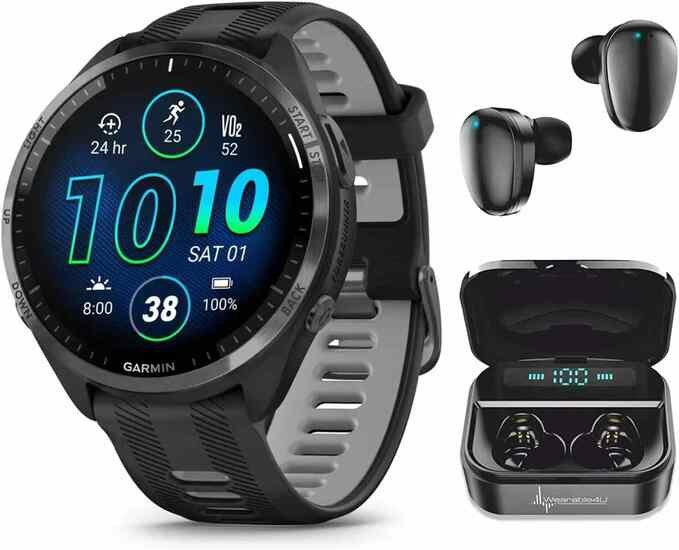
- Best for: Runners & triathletes
- Key Features: GPS accuracy, VO2 max, advanced running dynamics
- Strengths: Endurance tracking, built-in coach, robust analytics
3. WHOOP 4.0
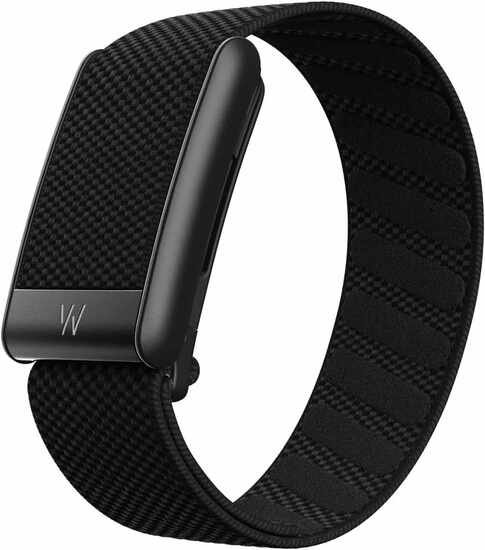
- Best for: Recovery and performance tracking
- Key Features: HRV, sleep strain, recovery score
- Strengths: Subscription model with in-depth data and coaching
4. Fitbit Charge 6
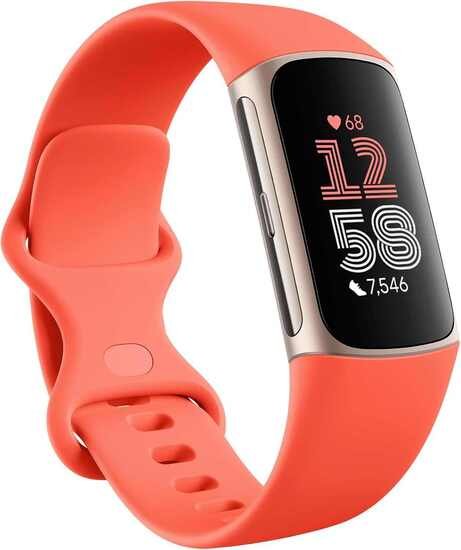
- Best for: Beginners & everyday users
- Key Features: Heart rate, sleep tracking, SpO2
- Strengths: User-friendly interface, strong battery life
5. Oura Ring Gen 3
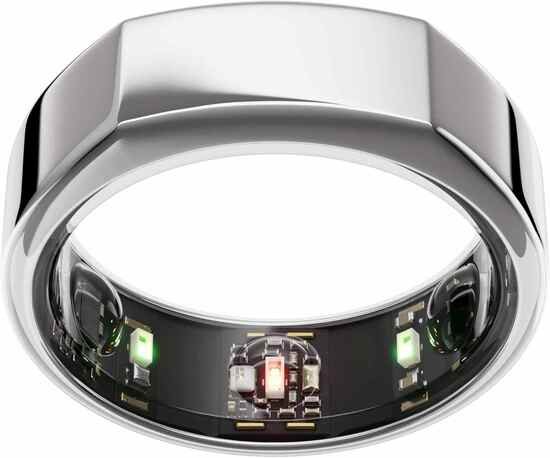
- Best for: Sleep & stress tracking
- Key Features: Readiness score, temperature trends, sleep score
- Strengths: Discreet design, powerful sleep insights, long battery
Integrating Wearables with Apps and Platforms
For the most effective tracking, sync your wearable with platforms like:
- Apple Health / Google Fit
- Strava
- MyFitnessPal
- TrainingPeaks
- Nike Training Club
- Fitbod
These platforms aggregate your data and offer long-term trend analysis, nutrition tracking, and customized training plans.
Using Wearables to Improve Accountability and Motivation
1. Progress Visualization
Seeing your metrics improve—whether it’s step count, running pace, or resting heart rate—provides tangible proof of progress. Most devices have charts, graphs, and weekly summaries that help keep motivation high.
2. Social Sharing and Challenges
Fitness communities tied to your device (like Fitbit Groups or Apple Fitness+) let you challenge friends, join leaderboards, and celebrate wins, making the journey more enjoyable and socially engaging.
3. Habit Reinforcement Through Alerts
Wearables nudge you to:
- Move after sitting too long
- Take deep breaths during stress
- Stay hydrated
- Go to bed on time
These gentle reminders reinforce positive habits over time.
Tips for Maximizing Progress with Wearables
- Be consistent: Wear your device daily, even on rest days.
- Update firmware: Ensure you’re using the latest features and algorithms.
- Use manual input where needed: Not all wearables detect weightlifting or yoga accurately—log these manually for complete data.
- Review data weekly: Use the insights to tweak your routines.
- Pair with smart scales or blood pressure monitors for a fuller health picture.
Common Mistakes to Avoid
- Over-relying on calorie burn: These numbers are often estimates.
- Ignoring recovery metrics: Overtraining leads to stagnation or injury.
- Not syncing regularly: Data gaps weaken progress tracking.
- Wearing the device too loose: This can cause inaccurate readings.
- Obsessing over numbers: Use them to guide—not stress—your journey.
The Future of Progress Tracking with Wearables
In the near future, we’ll see AI-powered predictive analytics, mental wellness tracking, and even blood glucose monitoring. Wearables will become central in preventive health care, and their data will help doctors make more accurate diagnoses and treatment plans.
As machine learning and biometric sensors evolve, we’ll move from tracking fitness to optimizing human performance at every level—physical, cognitive, and emotional.
Final Thoughts
Wearables for progress tracking are more than just a trend—they’re a revolution. They empower users with data, accountability, and personalized insights. By choosing the right device, integrating it with smart platforms, and committing to consistent use, you unlock a new level of control over your health and fitness journey.
Stay smart. Stay consistent. Track your progress like a pro.

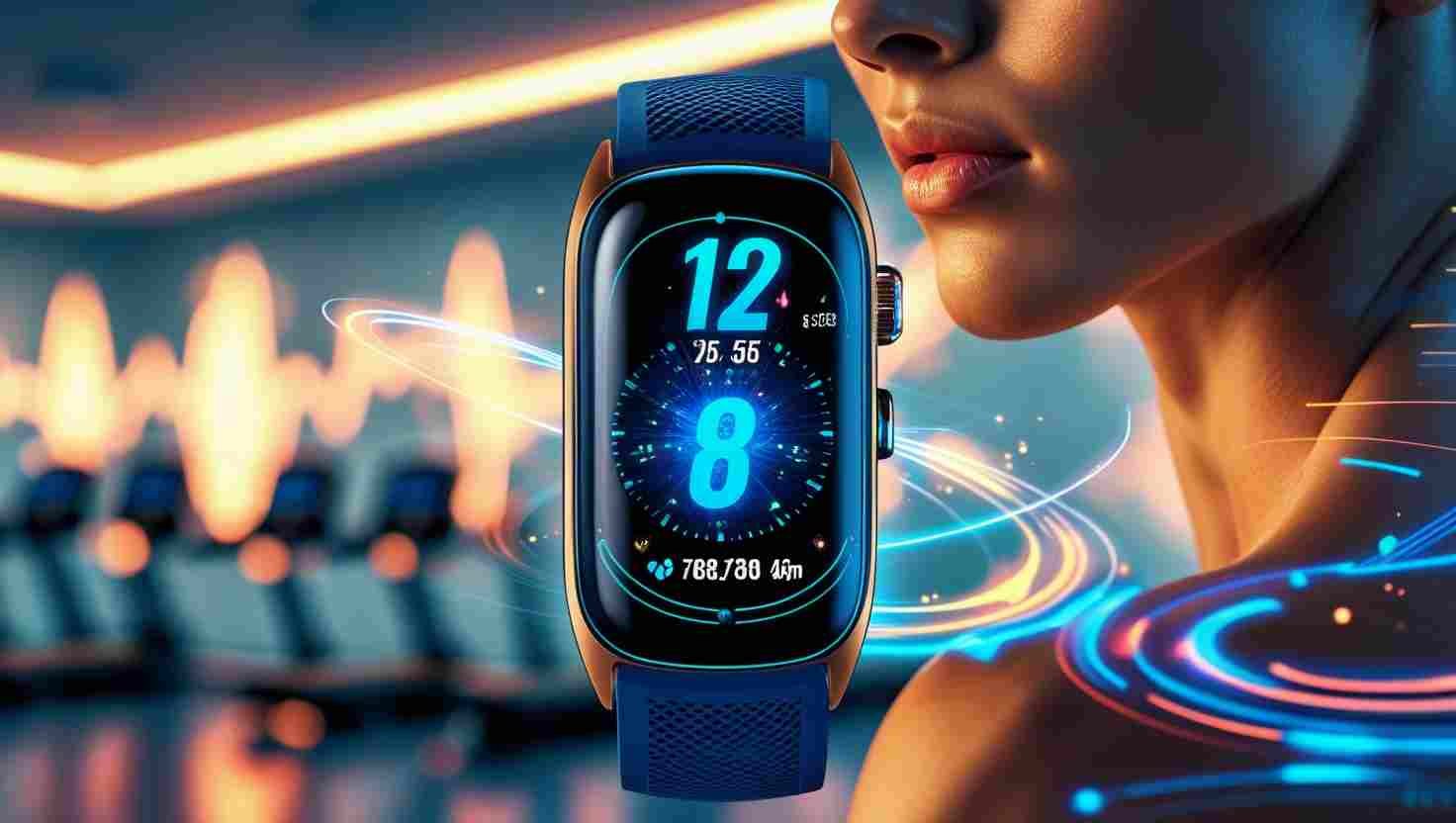

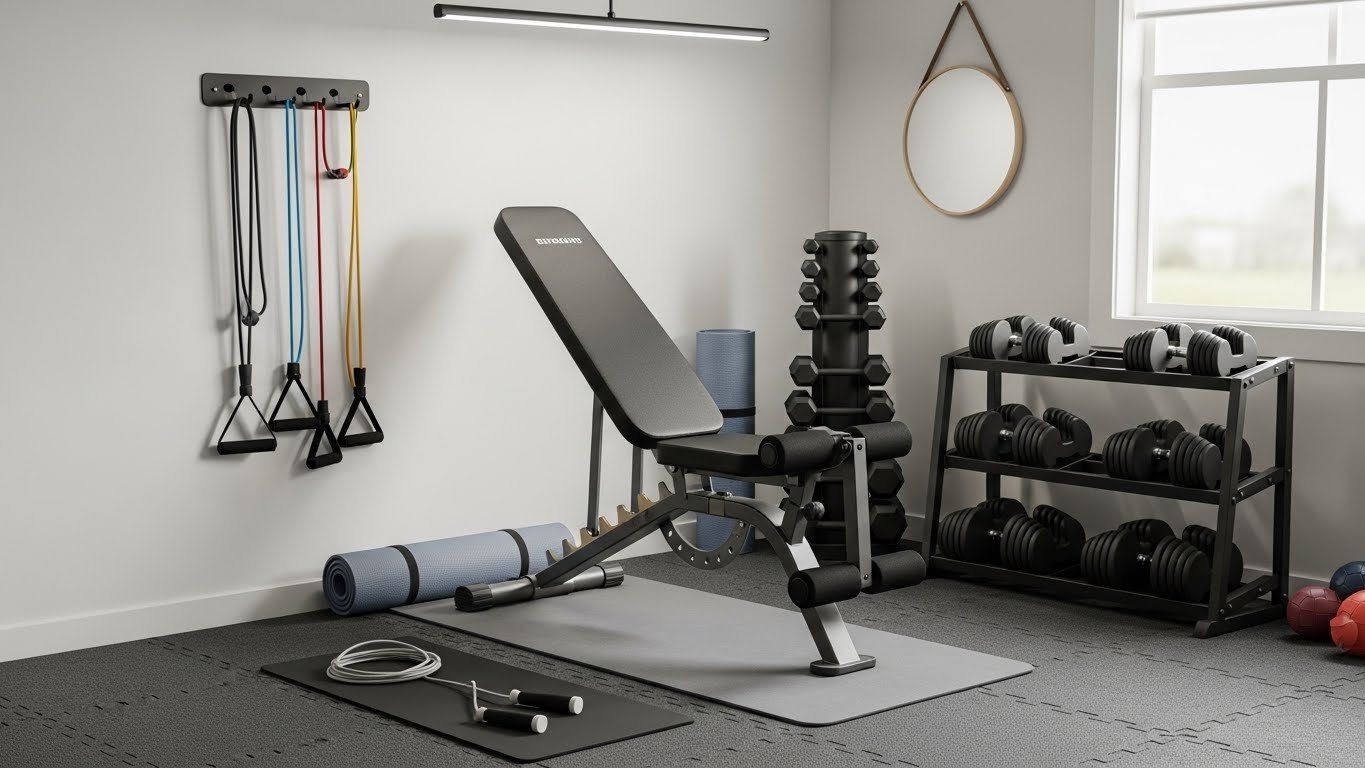
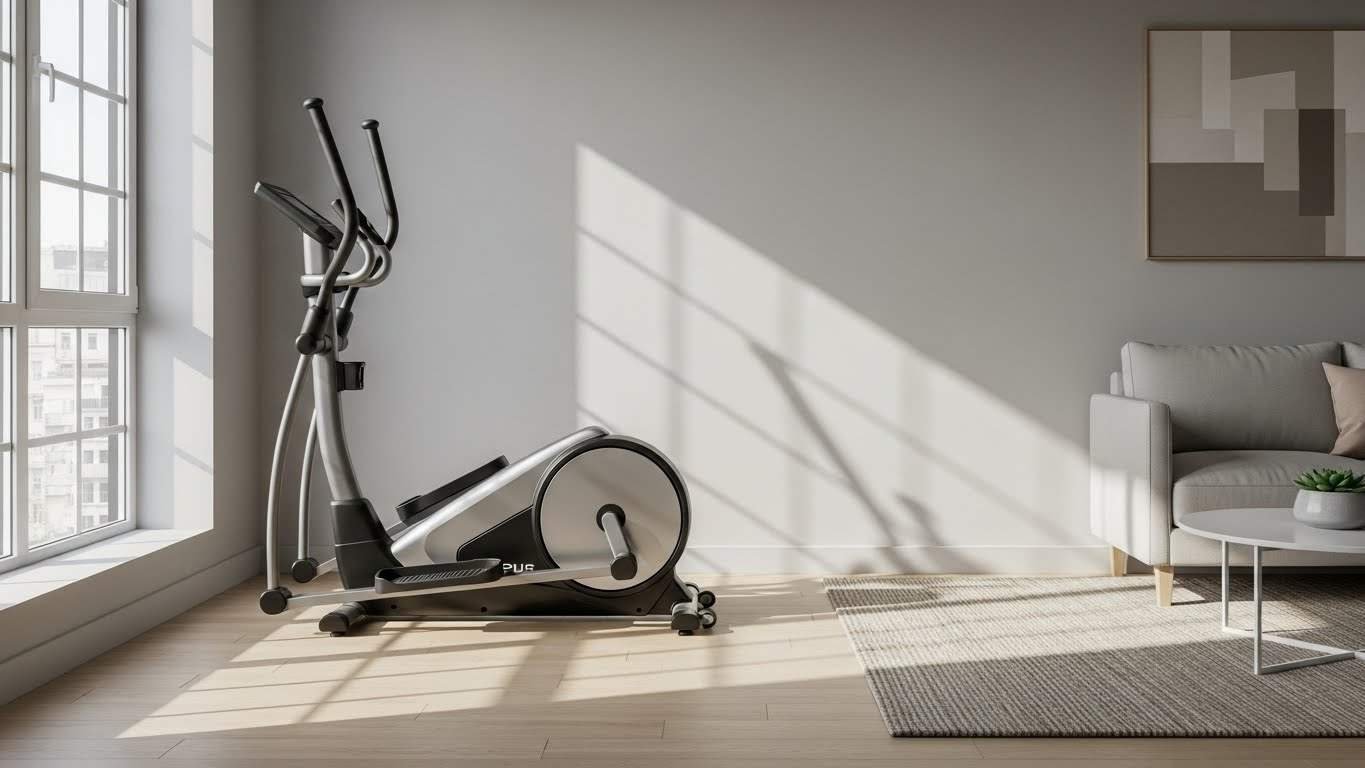
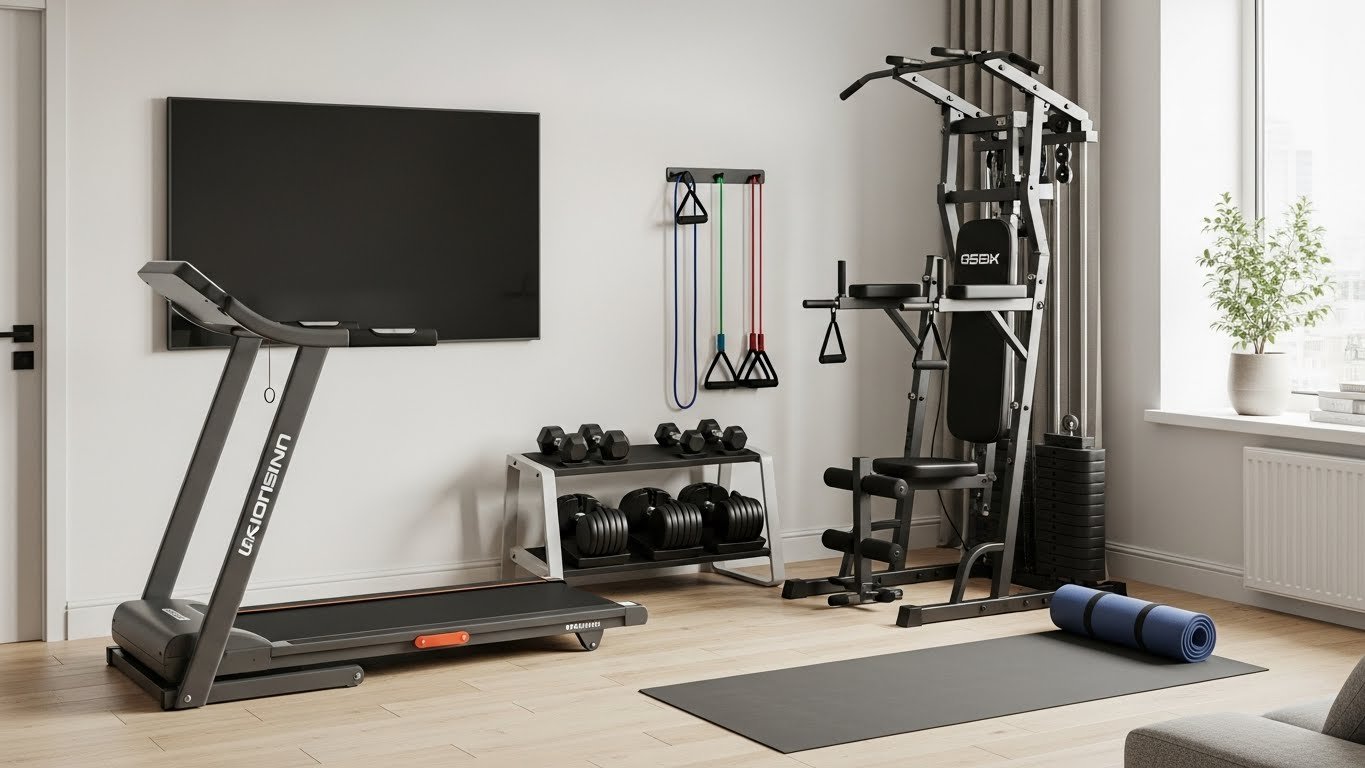



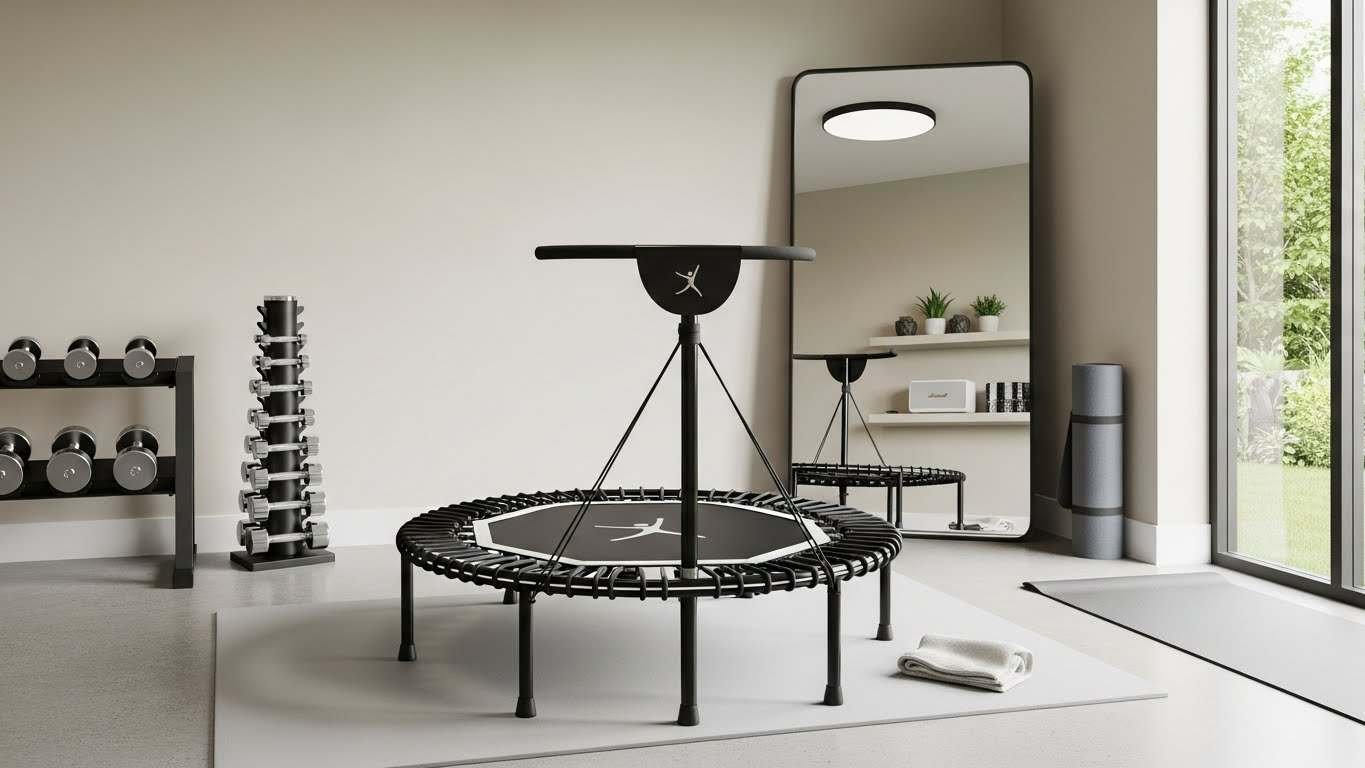
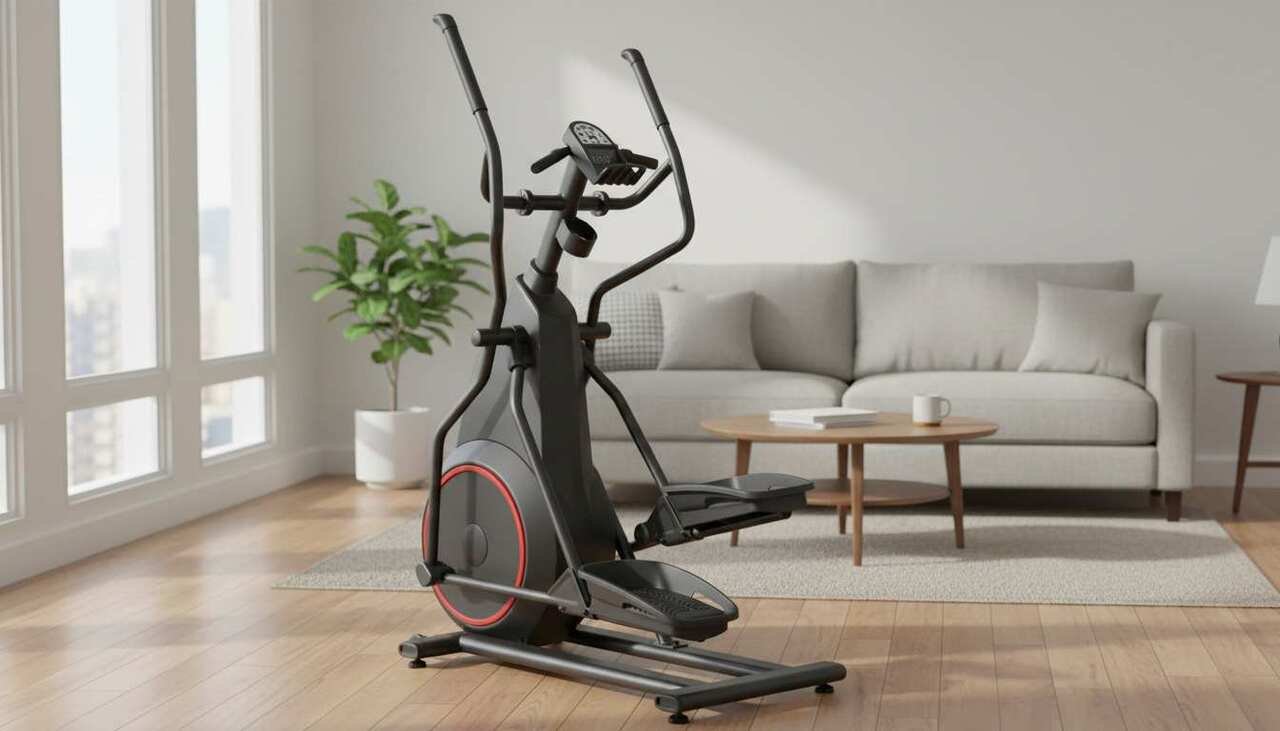
Leave a Reply